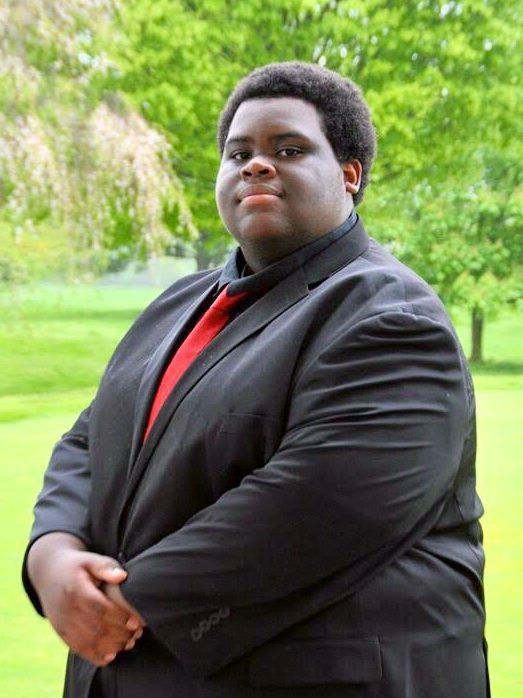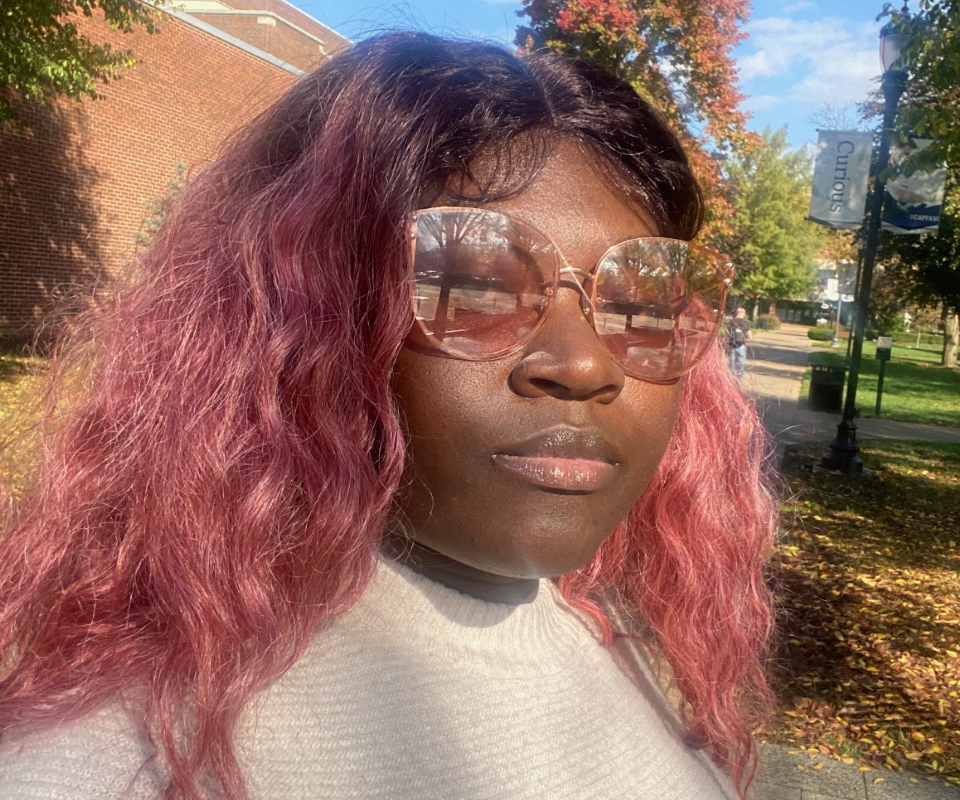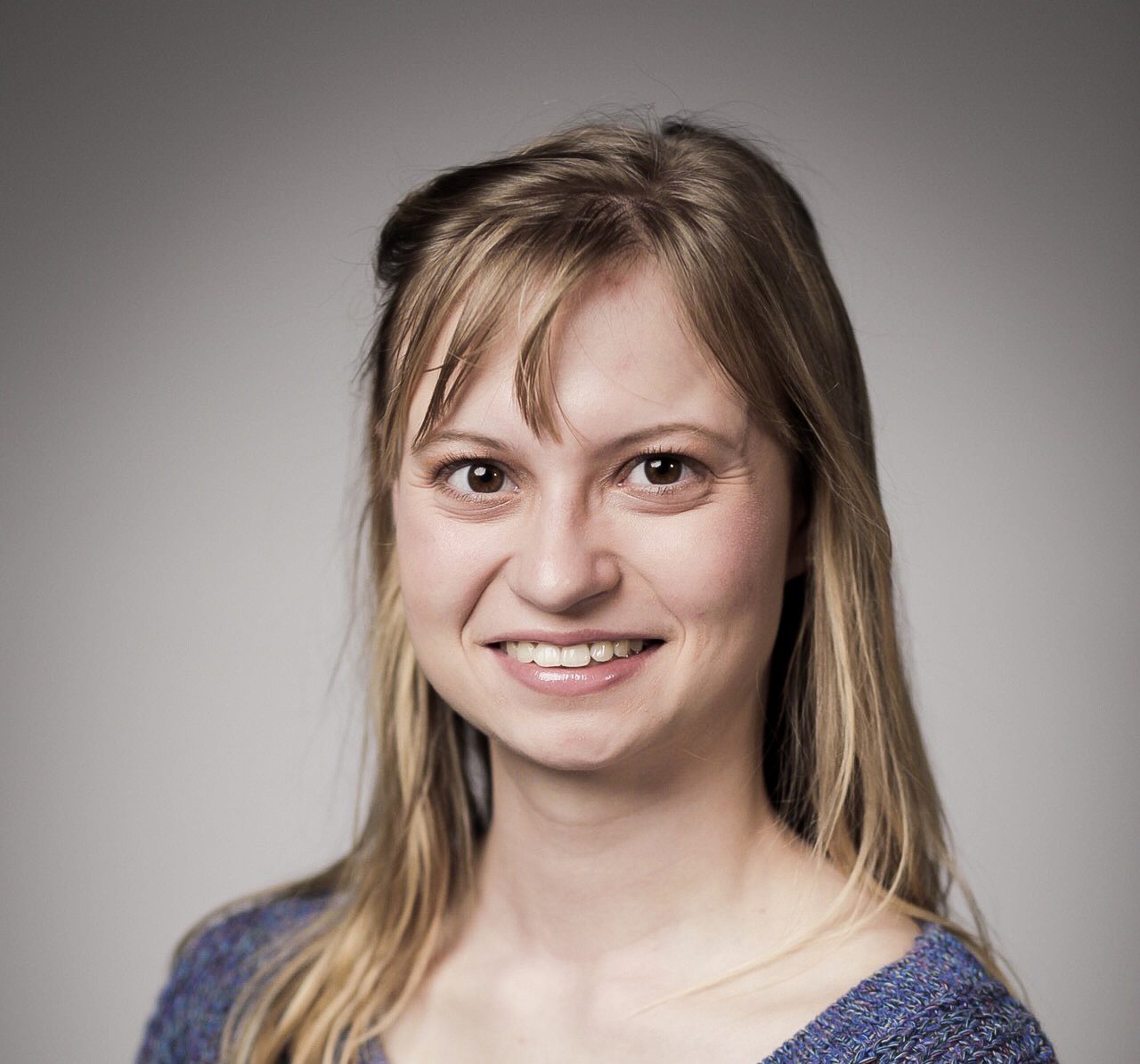#CapFam. The phrase conjures up the image of an inclusive community: students eating in One Main Café, studying in the Convergent Media Center, chatting at the fountains. It’s cheesy yet endearing. But how much room is made in this idyllic community for racial and ethnic minorities?
Statistically speaking, not enough. As of the Fall 2019 semester, 75.9% of the Capital undergraduate student population was white, as were 89.1% of faculty.
I had the privilege to speak with Chiamaka Okafor, Bryheem Forbes, Alejandra Zamora, and Joe Butler, four students who hold leadership positions in organizations promoting diversity on campus. While the conversations were insightful glimpses into the experience of students of color at Capital University, it’s important to recognize that minority students have a range of experiences on campus.

Still, the common thread of dissatisfaction expressed by these four students is a starting point for the important discussion surrounding equality on campus.
Chiamaka Okafor, the president of Students for the Advancement of Afrikan American Culture (SAAAC), says that the managing the racial disparity is difficult: “Everyone likes to say CapFam…but I know that CapFam isn’t for us.”
The junior nursing major stresses that although she may not see herself in the pristine picture represented by the hashtag, she does enjoy being on campus. Okafor credits Capital with shaping her into the person that she is today and inspiring her to seek change, both on campus and on a broader scale.
“I’ve been able to experience certain things that I don’t want other people to go through, and so I thank Capital for giving me those experiences and helping me to want to make a difference,” she states.
Bryheem Forbes, the treasurer of the Ebony Brotherhood Association (EBA), identifies with this feeling of dissatisfaction on campus.

A sophomore student of history and adolescent/young adult education, Forbes has been the only student of color in many courses. While he doesn’t recall experiencing any microaggressions in the classroom, he does note that, whenever topics relating to the systemic oppression of Black Americans through the centuries are discussed, his classmates, “always seem to rotate their heads towards me.”
Forbes finds the staring “weird,” and unfortunately, the classroom isn’t the only space on campus where students of color are subjected to the unwarranted scrutiny of their white peers.
Alejandra Zamora, the vice president of Students of Latinx Affinity (SOLA), enjoys spending time in the Office for Diversity of Inclusion’s (ODI) space in the Student Union—but whenever she and her friends gather “behind those glass walls, it feels like we’re always getting stared at.”
The constant gawking is the biggest contributing factor to the exclusive vibes that Zamora feels on campus.
The sophomore nursing major also mentions that, sometimes, when she’s sitting in the ODI, she sees tour groups from admissions make their customary stop in the Union. While the tour guides always make it a point to mention the ODI, they describe it as a place for minority students to hang out.
But this description, Zamora says, completely misrepresents the office’s role on campus: “Maybe sometimes the tour guides are just in a rush, and they choose to not say much about the Office of Diversity and Inclusion, even though it is, I believe, a very important space on campus.”
The fact that the ODI is overlooked in tours for prospective students was also referenced by Okafor, Forbes, and Joe Butler.
The president of EBA and a sophomore music technology major, Butler brings up a pertinent problem with the way Capital is portrayed to potential students. On information flyers and the university website, there is always a diverse group of students pictured—one that the actual make-up of campus doesn’t reflect.

Butler laments the discrepancy between appearances and reality: “This place is not that diverse…every time we do something, someone’s here: snap snap snap, taking pictures. But you don’t want to stay for the event, you don’t want to learn anything.”
The effort to place students of color in marketing campaigns contributes to a mindset of acceptance on campus, one that Chiamaka Okafor says is not reflected in the actions of community members.
“There are times where [white students] should be doing something, but they don’t see a reason to just because it’s normal for them,” Okafor said. “And like, it’s not a priority for them as it might be for the minority population on campus.”
Okafor’s quote raises the topic of racial privilege, which can too often remain unrecognized on campus.
Okafor’s remarks are reminiscent of Bryheem Forbes’s description of “fake love.” Forbes references members of the campus community attending an ODI event and using it as a photo opportunity, then never reaching out again.
In Forbes and Butler’s experience, “fake love” pervades the campus atmosphere. Butler asks: “Do you think, without all of the events that transpired over the summer… if any of that hadn’t happened, would we even be here right now, having this conversation?”
I wish I could answer without hesitation.


